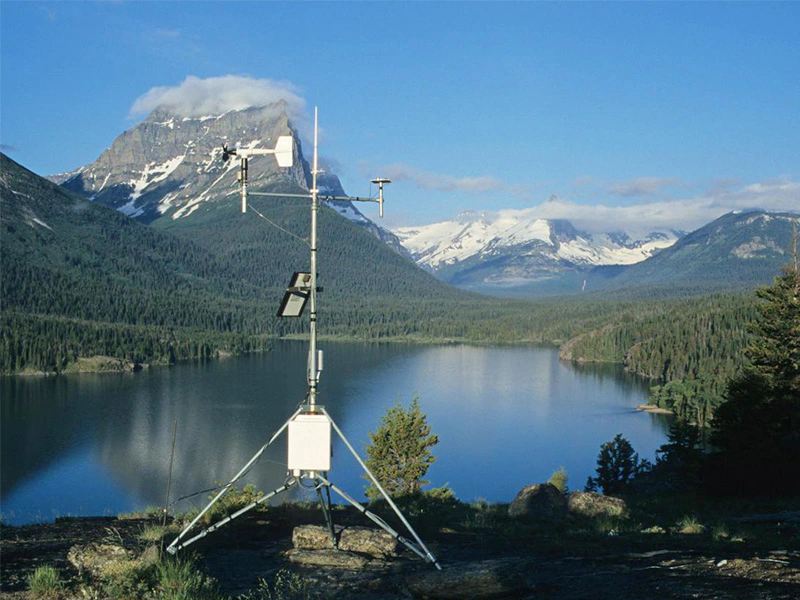
# What Is a Weather Station?
## Understanding the Basics of Weather Stations
A weather station is a facility equipped with instruments and sensors designed to measure and record various atmospheric conditions. These stations play a crucial role in meteorology, agriculture, aviation, and many other fields by providing accurate weather data.
## Key Components of a Weather Station
### 1. Thermometer
The thermometer measures air temperature, typically in degrees Celsius or Fahrenheit. Modern weather stations often use digital sensors for more precise readings.
### 2. Hygrometer
This instrument measures humidity levels in the air, which is essential for understanding precipitation potential and human comfort levels.
### 3. Barometer
The barometer tracks atmospheric pressure, helping to predict short-term weather changes and storm systems.
### 4. Anemometer
Used to measure wind speed, anemometers are crucial for aviation, marine operations, and storm tracking.
### 5. Rain Gauge
This device measures precipitation amounts over a specific period, helping with flood predictions and water resource management.
## Types of Weather Stations
Weather stations come in various forms depending on their purpose and location:
- Personal Weather Stations: Compact units for home use
- Professional Weather Stations: High-precision equipment for meteorological services
- Automatic Weather Stations (AWS): Remote stations that transmit data automatically
- Agricultural Weather Stations: Specialized for farming applications
## The Importance of Weather Stations
Weather stations serve multiple critical functions in our daily lives and various industries:
They provide essential data for weather forecasting, helping us prepare for severe conditions. Farmers rely on weather station data to optimize irrigation and planting schedules. Aviation professionals use the information for flight planning and safety. Climate researchers analyze long-term data from weather stations to study climate change patterns.
## Modern Weather Station Technology
Today’s weather stations incorporate advanced technologies like wireless connectivity, solar power, and cloud data storage. Many stations can now connect to smartphones and computers, allowing users to access real-time weather data from anywhere.
Some high-end models even feature artificial intelligence capabilities that can analyze patterns and provide predictive insights about local weather conditions.
## Setting Up Your Own Weather Station
For weather enthusiasts, setting up a personal weather station can be a rewarding hobby. Basic home weather stations are relatively affordable and easy to install, typically requiring:
- A clear, open location away from buildings and trees
- Proper mounting for wind sensors
- Regular maintenance and calibration
- Connection to a power source or solar panels
Whether for professional use or personal interest, weather stations provide valuable insights into our ever-changing atmosphere and help us better understand the environment around us.
Keyword: what is a weather station